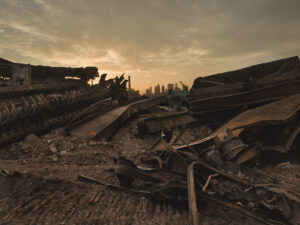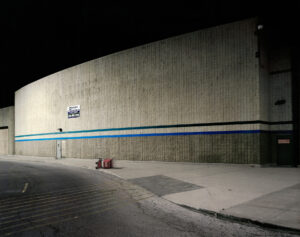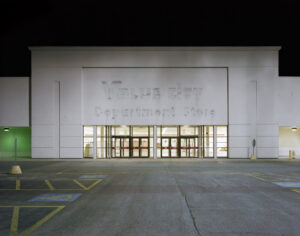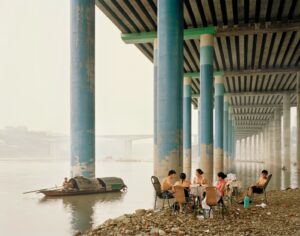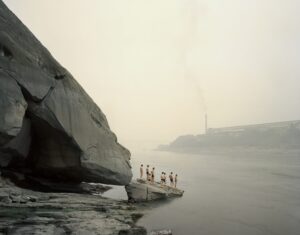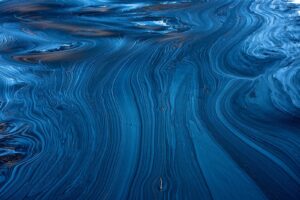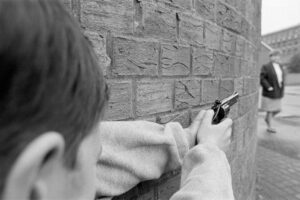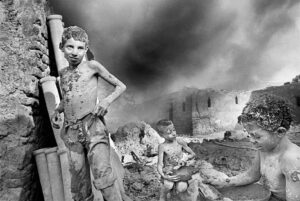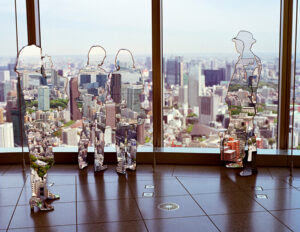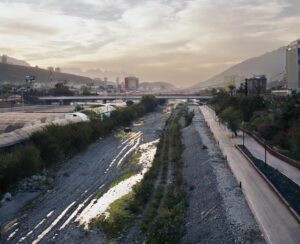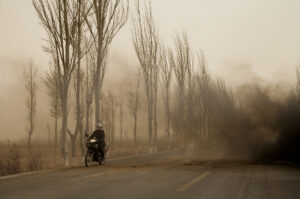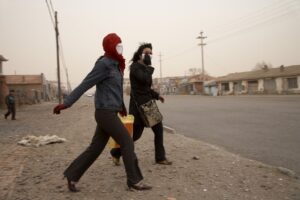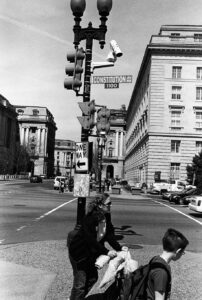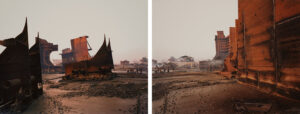Dystopia
Benoit Aquin
Jeff Brouws
Edward Burtynsky
Alejandro Cartagena
Colin Finlay
Matthias Geiger
Richard Gordon
Nadav Kander
Shai Kremer
Brian Ulrich
Michael Wolf
past Exhibition
February 5 — April 25, 2009
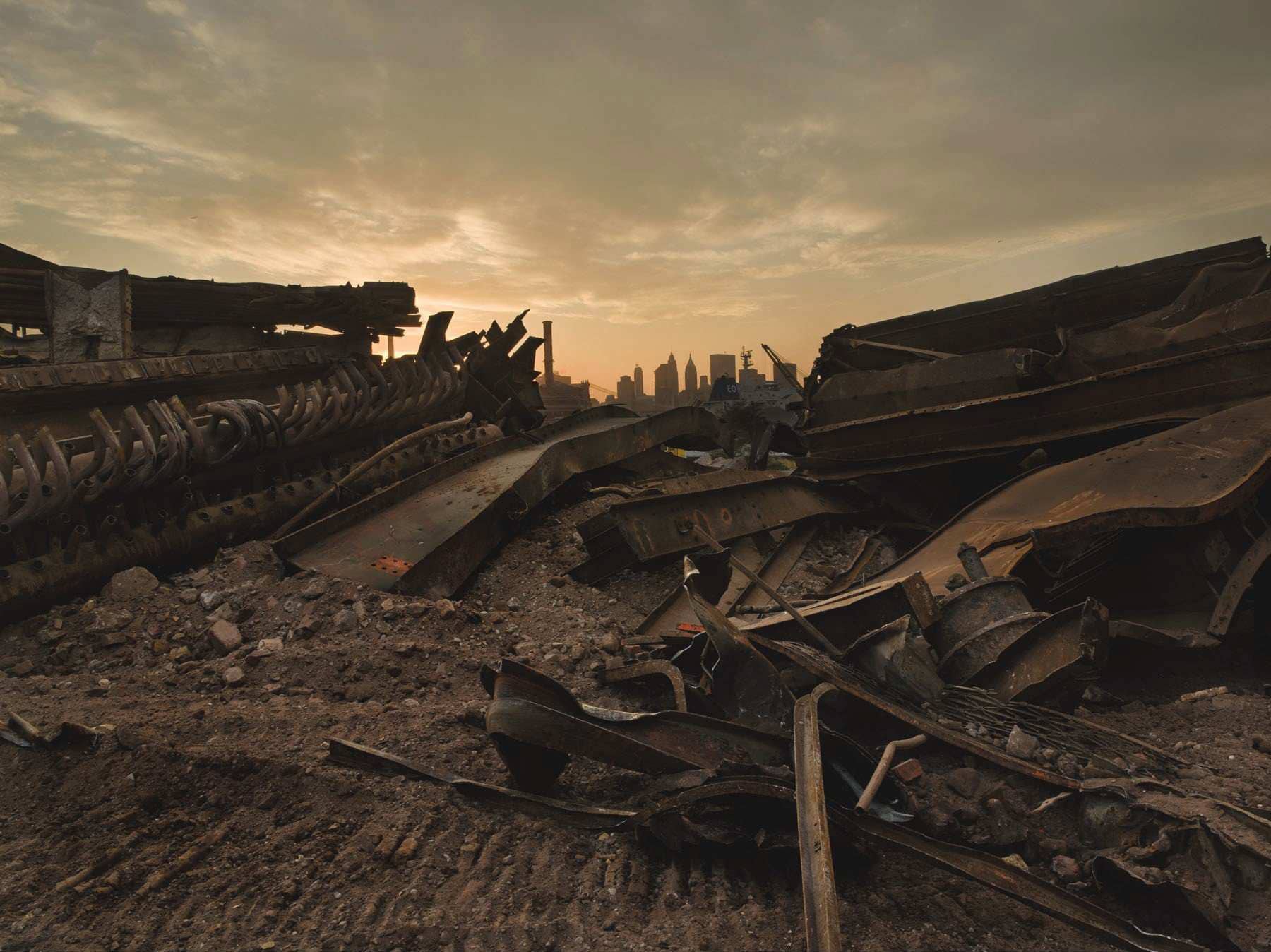
Dystopia
Benoit Aquin
Jeff Brouws
Edward Burtynsky
Alejandro Cartagena
Colin Finlay
Matthias Geiger
Richard Gordon
Nadav Kander
Shai Kremer
Brian Ulrich
Michael Wolf
past Exhibition
February 5 — April 25, 2009
Bankruptcy. Isolation. Surveillance. Poverty. Pollution. Contemporary photographs thematically unified by various dystopic visions will be on view at Robert Koch Gallery with artists presenting and responding to current financial, environmental, and political upset. This exhibition will feature works by Benoit Aquin, Ken Botto, Jeff Brouws, Edward Burtynsky, Alejandro Cartagena, Colin Finlay, Matthias Geiger, Richard Gordon, Nadav Kander, Shai Kremer, Brian Ulrich, and Michael Wolf.
Photographs from Jeff Brouws’ Language of the Unheard and Brian Ulrich’s Dark Stores serve as timely visual complements to present-day destitution and economic struggle. These images capture the outskirts of major metropolitan areas as literal dumping grounds as they shift focus on current hardship away from large urban centers to just outside them and to Middle America. Michael Wolf’s Factory Workers, an arguably Orwellian look at factory life in China, provides a sanitized, regimented, and startling view at the loss of individuality and identity as a factory worker. Surveillance is the theme for photographer Richard Gordon’s work, a Bay-Area artist whose images, like Wolf’s, call into question big brother and the ubiquity of modern-day surveillance. German photographer Matthias Geiger also continues to explore the psychologically unsettling where disconnection among the masses is brought to light. His use of translucent figures in everyday places shows the vibrantly hollow in paused yet continuous states from the dentist’s chair to a Berlin train stop. Geiger’s photographs speak to a common anxiety where the perpetual sense of being alone among millions is all too common in a world that has ironically never been more connected. Nadav Kander’s work in China bridges the conceptual and the real in exposing China’s rapid development and the world’s ever-increasing attention to it. Photographing the Yangtze River from its source to its mouth, Kander’s photographs show the life of habitants that live in proximity of the river despite smog or chemical effluent. Israeli photographer Shai Kremer’s photographs are what the New York Times calls “a new arrival to the city…struck by the contrast between the myth of New York, as seen in Manhattan’s towers and glittering lights, and the reality, as seen in the prosaic cityscape of the boroughs beyond.” Kremer captures “a city in a constant state of change,” and asks us to question our perceptions of what may seem to be a familiar landscape. Ken Botto’s signature style incorporates toys, props, and other miniature domestic objects to highlight the absurdity of our world. Despite his seemingly comedic approach, Botto nevertheless insightfully calls our attention to self-destruction and the emptiness that results from it.
Alejandro Cartagena’s Lost Rivers directs our attention to serious water pollution and the desiccation of rivers in his native Mexico. Cartagena captures the consequences of overpopulation and its impact on the contamination of local rivers, once the lifeline of blossoming towns. Noted photographer Colin Finlay also documents the visually stunning albeit environmentally destructive effects of contamination with his focus on the Alberta tar fields, which, according to Finlay, is “the largest environmental disaster happening in the world.” Benoit Aquin, winner of Prix Pictet 2008, the premier photographic award in sustainability messages, also draws attention to environmental crisis with his pictures of China’s sprawling Dust Bowl. Aquin’s series on this desertification in China exposes how overfarming and increasingly deep drilling for water are turning arable soil into barren sand dunes, creating the largest conversion of productive land into sand anywhere in the world. Aquin’s focus, however, is not solely environmental; many of his photographs also translate human isolation and despair. He shows not only visions of the environmentally dystopic, but also translates a yellow haze through his subjects and photographic style, threading the surreality of the dystopic from the environmental to the human.
